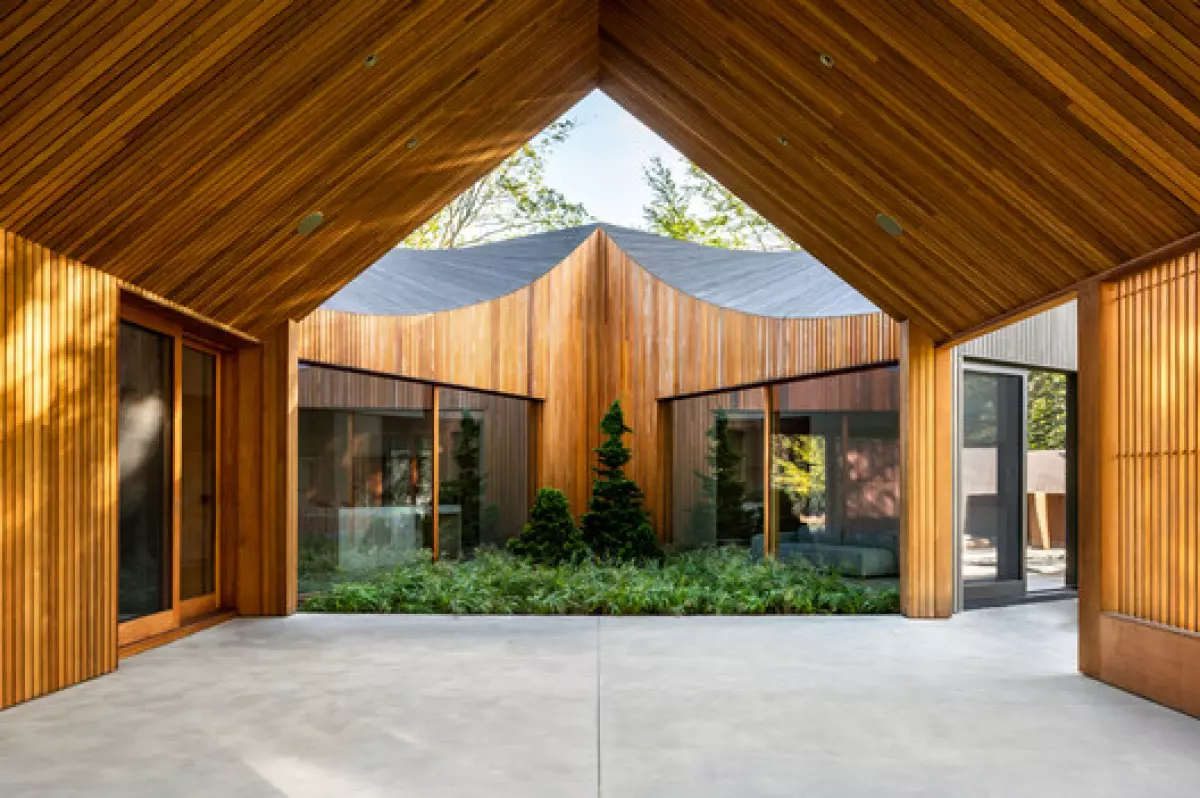 Six Square House / Young Projects. Image © Alan Tansay
Six Square House / Young Projects. Image © Alan Tansay
Nature has a profound impact on our well-being. The sound of crackling fire, the smell of rain, the healing power of plants, and the color green all evoke positive responses in us. With growing environmental concerns and urbanization, architects have embraced eco-conscious projects that bring people closer to nature. But how do they achieve this connection? The answer lies in biophilic design, which seamlessly blends the indoors with the outdoors.
By promoting a harmonious relationship between nature, human biology, and the built environment, biophilic design incorporates natural materials, abundant natural light, greenery, and natural ventilation. It goes beyond aesthetics to offer physical, mental, and behavioral benefits. Improved fitness, lower blood pressure, increased productivity, creativity, and social interaction are just a few of the advantages of biophilic spaces.
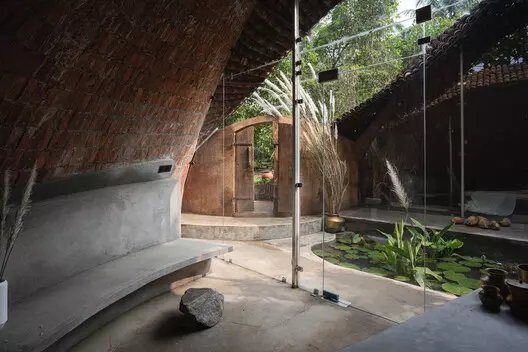 Biophilic Interiors: 21 Projects that Blend Architecture with Nature - Image 2 of 25
Biophilic Interiors: 21 Projects that Blend Architecture with Nature - Image 2 of 25
Architects, scientists, and designers have long explored the aspects of nature that deeply impact our relationship with the built environment. They have identified three categories of biophilic design: nature in the space, nature of the space, and natural analogues. These principles establish a physical, visual, and emotional connection to the natural world.
Material selection is a crucial aspect of biophilic design. Architects now prioritize environmentally-conscious architecture by utilizing local resources with minimal processing. By reflecting the local geology and promoting sustainability-driven architecture, they establish authenticity and a sense of place.
 The Wendy House / Earthscape Studio. Image © Syam Sreesylam
The Wendy House / Earthscape Studio. Image © Syam Sreesylam
Integrating greenery, water, and fire elements is a common way to incorporate biophilic elements into interior designs. Plants are carefully chosen based on climate conditions, geographic characteristics, and availability, ensuring an authentic connection to the surroundings. Water features like aquariums, ponds, and fountains reduce stress and increase tranquility, while natural lighting replaces artificial light to maintain our natural circadian rhythm.
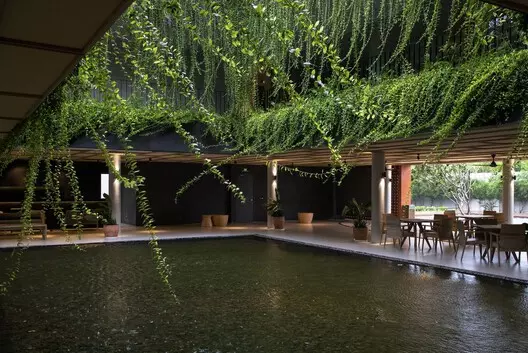 Wyndham Clubhouse / MIA Design Studio. Image © Trieu Chien
Wyndham Clubhouse / MIA Design Studio. Image © Trieu Chien
Air circulation and thermal comfort are also essential in biophilic design. Architects aim to provide high-quality air and the ability to adjust thermal conditions based on individual needs. This ensures comfort, vitality, and improved well-being.
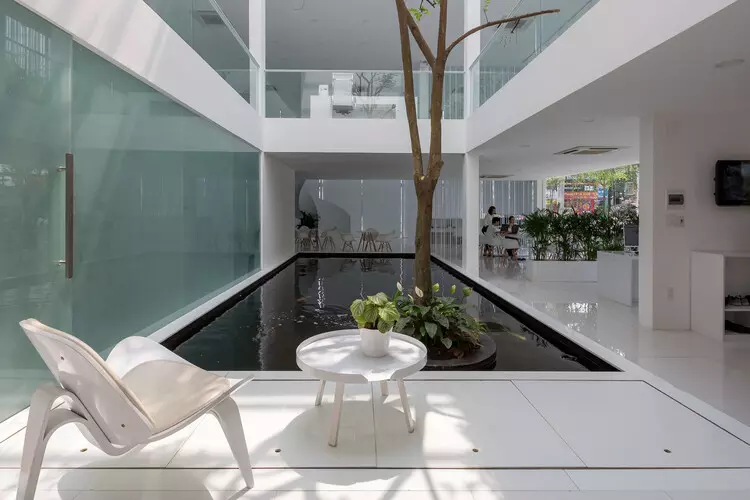 The Vibes Office / Infinitive Architecture. Image Courtesy of Infinitive Architecture
The Vibes Office / Infinitive Architecture. Image Courtesy of Infinitive Architecture
Spatial organization and layout play a significant role in biophilic design. Architects draw inspiration from natural patterns and create spaces that offer a sense of protection, creativity, and exploration. Blurring the boundaries between architecture and the surrounding landscape, both physically and visually, allows for a seamless integration with nature.
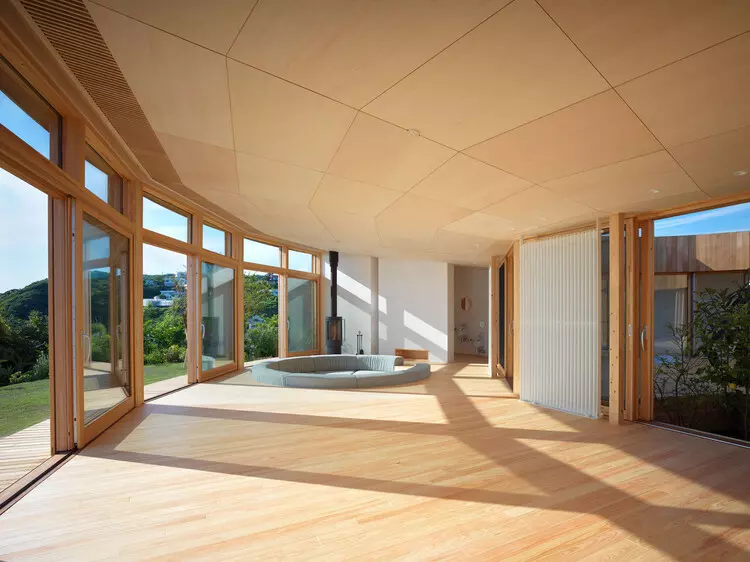 Six Square House / Young Projects. Image © Alan Tansay
Six Square House / Young Projects. Image © Alan Tansay
Biomimicry and organic forms further enhance the connection to nature. Curved lines, inspired by flowers and animals, can be seen in furniture, lighting, and wall motifs. These organic shapes create a sense of security and lack of threat, putting us at ease.
Architects all over the world have embraced biophilic design to prioritize human well-being and establish a profound connection between architecture and nature. By incorporating elements that resonate with our innate love for the natural world, they create spaces that inspire, heal, and uplift.
Discover more inspiring biophilic interiors in this My ArchDaily folder created by the author.
This article is part of the ArchDaily Topics: Circular Economy. We invite you to explore this topic further and contribute your ideas to our architectural community. Let's create a sustainable and nature-inspired future.
Article originally published on February 03, 2023.

















